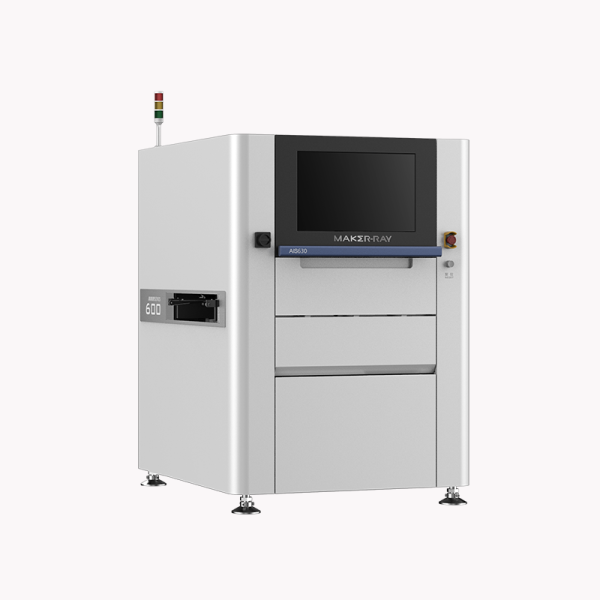SPI machines are an important part of any electronics manufacturing process. They ensure that the solder paste is properly formed and fills all the gaps, thus preventing failures in the circuit. In this blog article, you will learn about how to choose a solder paste inspection machine that fits your production line and work area.
What is an SPI machine?
Soldering paste inspection machines are used to inspect solder joints for defects. They can also be used to verify the quality of solder joints before they are soldered. Solder paste inspection machines have a variety of features, such as a magnifying lens, a high-resolution camera, and a scanning system.
Types of solder pastes
Soldering is a process of joining two pieces of metal by applying heat and pressure. The two pieces are then joined together by a thin layer of molten solder. If the solder joint is not properly inspected, the metal may not be joined properly and could eventually cause problems.
There are many types of solder pastes available on the market today, each with its unique properties and uses. When choosing a solder paste, it is important to consider the following factors:
-The type of metal that will be being soldered
-The type of soldering equipment that will be used
-The temperature at which the solder will be applied
-The time required for the solder to bond to the metal
-The cleaning requirements for the soldering equipment
Benefits of using an SPI machine
Soldering paste inspection machines offer many benefits for the technician. Solder paste inspection machines can help to avoid costly mistakes and save time. By inspecting solder paste, technicians can determine if the paste is too thick or if it has any defects. Solder paste inspection machines also help to ensure that all components are soldered correctly and that there are no problems with the connections. Using an SPI machine can help avoid costly mistakes. By inspecting the solder paste, technicians can determine if the paste is too thick or if there are any defects. If the paste is defective, the connection between the component and PCB might not be strong enough and could fail later on in use. Solder paste inspection machines also help to ensure that all components are soldered correctly and that there are no problems with the connections.
How to choose an SPI machine
When choosing a solder paste inspection machine, it is important to consider the specific needs of your business. There are several different types of solder paste inspection machines available on the market, each with its unique features and benefits. Here, we outline some of the most important factors to consider when selecting a machine:
Speed: Solder paste inspection machines range in speed from very slow (approaching millimeter-level accuracy) to very fast (approaching 100 mm/s or more). For larger businesses with multiple locations and more manpower available, a faster machine may be more cost-effective.
Accuracy: Solder paste inspection machines are typically accurate to within about 1 μm (millionth of a meter). This means that, for the most part, they will be able to identify issues with the surface of the solder paste that would otherwise go undetected by the eye.
Feature set: Each solder paste inspection machine comes with its own set of features (e.g., speed, accuracy, detection range).
Conclusion
Solder paste inspection machines are invaluable tools for ensuring the quality of solder joints. By performing an initial inspection of solder paste before use, you can identify problems early and avoid costly repairs. There are many aspects to be considered when choosing an SPI machine to make a perfect choice. If you are still hesitating, it is better to try MAKER-RAY’s SPI machine. I believe this is the correct choice.




